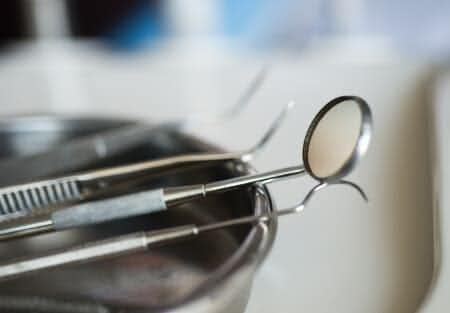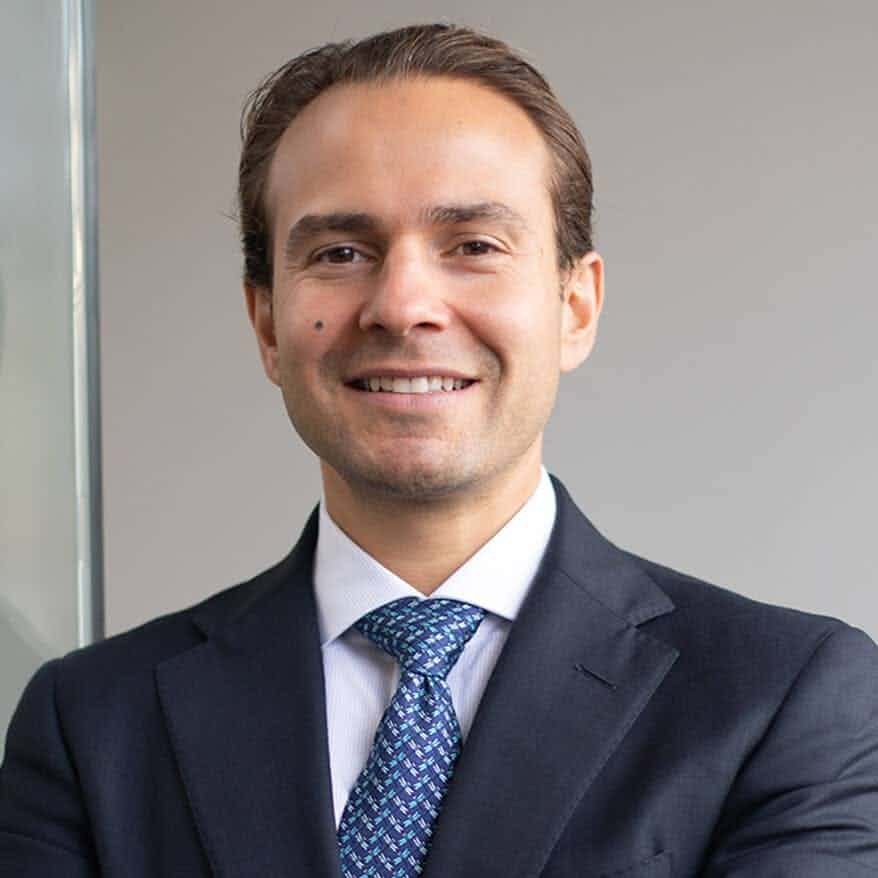This case involves a fifty-six-year-old woman who presented to her dentist with complaints of a lesion on her inner cheek. The mass measured about three centimeters long and extended past the jaw line. Her dentist was concerned over the visible morphology of the lesion and subsequently referred the patient to an oral pathologist for a biopsy to be performed on the area of interest. The patient arrived for the procedure but the oral pathologist simply diagnosed her with Lichen Planus and treated her with oral steroids. Several weeks later, the patient’s condition worsened and she returned to her primary dentist, however, no biopsy was performed. The dentist did not examine the lesion, nor did he communicate with or receive any report from the oral pathologist regarding his findings. The patient returned a week after her dental work with an abscess in the right gum, and a biopsy was performed in the right mandibular gingival region. The report finally revealed a buccal mucosa squamous cell carcinoma. Because of the delay in diagnosis and treatment, the patient had to undergo a right selective neck dissection, a composite resection of the right buccal mucosal tumor with marginal mandibulectomy, and a tracheotomy with lateral floor mouth reconstruction. Following the procedures, the patient suffered from severe dry mouth, little salivary function, and the inability to open her mouth fully to eat normal meals.
Question(s) For Expert Witness
1. Could a more timely diagnosis have altered the surgical approach, thereby avoiding some of the functional issues of this patient's oral cavity?
Expert Witness Response E-005515
The goal of reconstruction is to prevent contracture in the buccal region that could interfere with function of the oral cavity. The type of reconstruction depends on the size of the surgical defect and the tissue that needs to be replaced. The tissue defect may involve the mucosa, skin, bone, or any combination of these. An earlier diagnosis may have altered the surgical approach and more tissue may have been salvaged, avoiding the postoperative structural defects this patient suffered from.
About the author
Michael Talve, CEO
Michael Talve stands at the forefront of legal innovation as the CEO and Managing Director of Expert Institute. Under his leadership, the Expert Institute has established itself as a vital player in the legal technology arena, revolutionizing how lawyers connect with world-class experts and access advanced legal technology. Michael's role involves not only steering the company's strategic direction but also ensuring the delivery of unparalleled intelligence and cutting-edge solutions to legal professionals. His work at Expert Institute has been instrumental in enhancing the capabilities of attorneys in case preparation and execution, making a significant impact on the legal industry's approach to expert consultation and technological integration. Michael's vision and execution have positioned the Expert Institute as a key facilitator in the intersection of law and technology.



